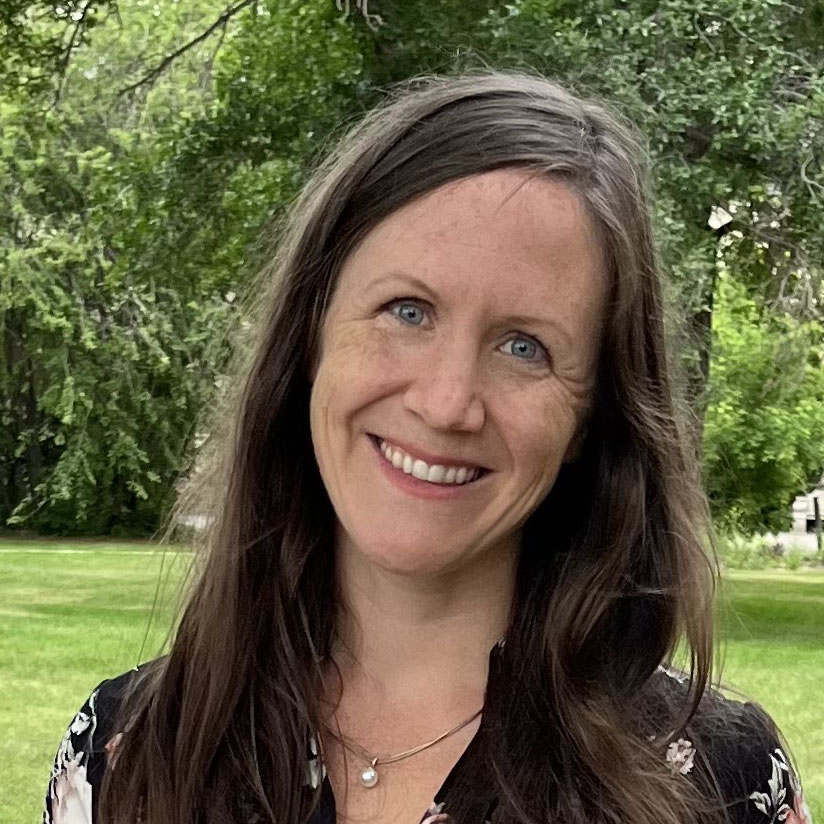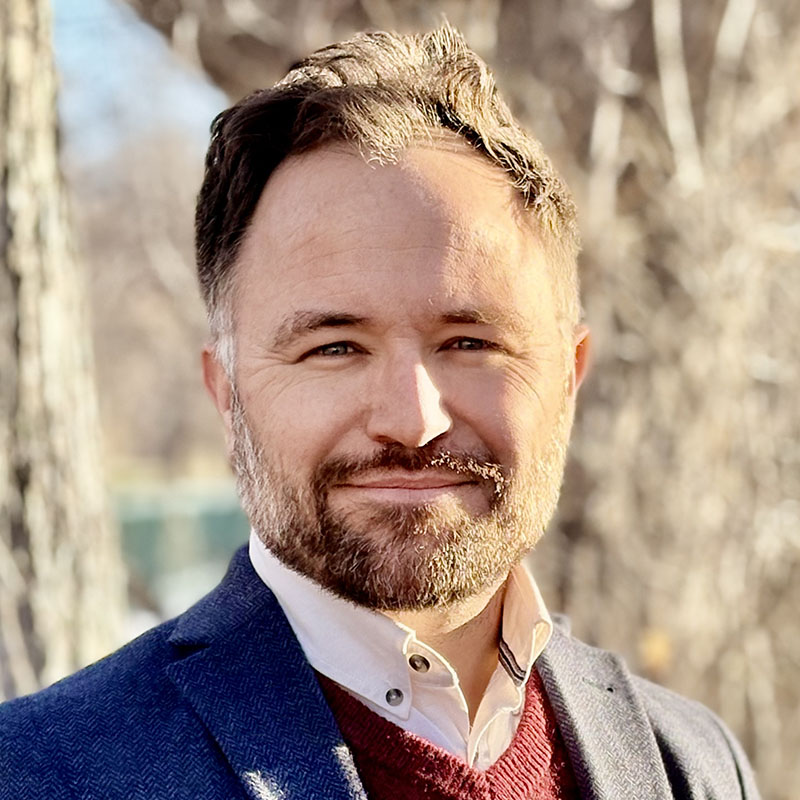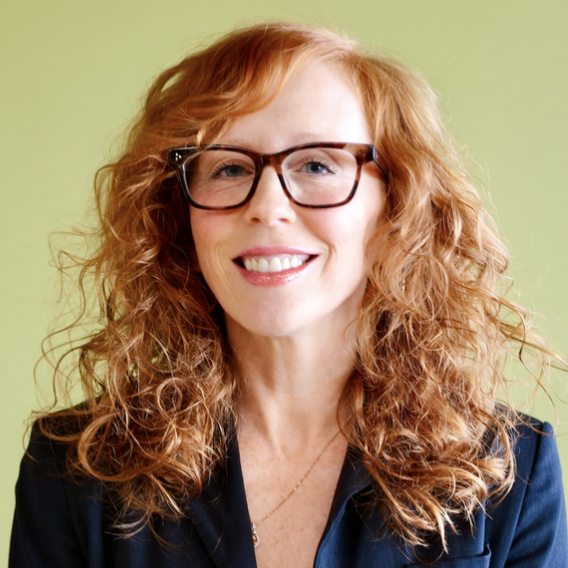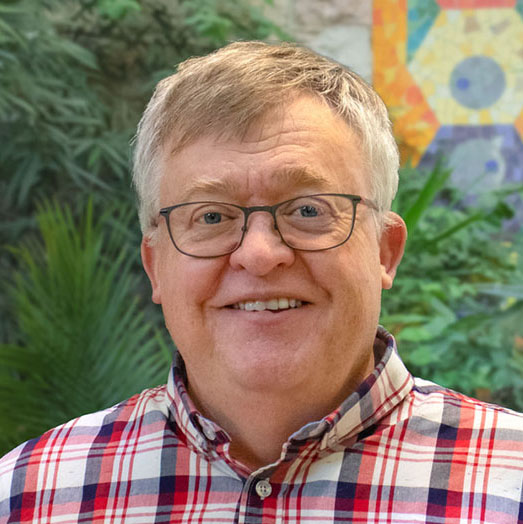
Four USask educators receive Lieutenant Governor’s Post-Secondary Teaching Award
Awards celebrate recipients for their dedication to education and enhancing student success.
By Rupan SambasivamWhat is the Lieutenant Governor’s Post-Secondary Teaching Award?
This award recognizes post-secondary educators who have demonstrated excellence in teaching and provide exceptional student experiences through innovation, reconciliation, and leadership. The award, established in 2023, recognizes post-secondary educators in Saskatchewan who have displayed excellence in teaching, primarily at the undergraduate level.
Equity, Diversity, and Inclusion Teaching Award
Dr. Carly Priebe (PhD)

This award recognizes an individual who promotes and advances the principles of equity, diversity, inclusion, and accessibility in teaching and learning. An individual nominated for this award is characterized by a proven commitment to inclusion and respect in instructional practice and utilizing intercultural communication in all learning environments.
What does this award mean to you?
I hope it’s a reflection that students in the classes I teach are experiencing more equitable and accessible environments. I feel passionate about this area as I know there are small things we can do that make a big difference in supporting students. Ultimately, I aspire to influence students to go on and be advocates in the world to create more equitable and inclusive environments wherever they work.
How do you continue to grow and integrate different teaching methods such as universal design for learning?
The Gwenna Moss Centre has been very helpful. I’ve taken some of the resources that they have created on universal design for learning and tried to include those principles in the classes I teach. I also have engaged in learning off campus and within the College of Kinesiology related to diversity and inclusion, and integrated [some of these principles] into my teaching. The Gwena Moss Centre has something called the equity, diversity and inclusion (EDI) Flower. The flower includes specific outcomes. I’ve reflected on how they fit within the classes I teach.
How does student success influence the way you teach?
Success looks different for everyone, but for me it is about creating a base where students can have the opportunity for success. Some may need some more supports. For example, first generation university students may need a little bit more help in navigating the campus. If we can do little things in terms of how we frame content, I think that can also be helpful. For example, providing choice in assessment gives students the opportunity to demonstrate success in a way that is most authentic to them.
Is there anything that students have taught you?
Yes, students have taught me so much. Every year I try to change things that I’m doing, with the attitude that it’s never finished or perfect. I’m always learning from students about the type of teaching strategies that works best for them. Students have shared stories or provided reflections that informed how I can teach the next year. Reading their reflections can be inspirational. Understanding that the class has an impact in their lives motivates me to grow to make it the best experience I can.
Indigenous Teaching Excellence Award
Dr. Kurtis Boyer (PhD), Assistant Professor, JSGS Research Chair in Métis Governance and Policy, Johnson Shoyama Graduate School of Public Policy

This award recognizes a First Nations, Métis, or Inuit educator who maintains a mastery of subject areas and has made a significant impact to curricula with the inclusion of First Nations, Métis and Inuit content, perspectives, and ways of knowing. An individual nominated for this award will be recognized by students, staff and community members as an exemplary Indigenous educator who demonstrates exceptional commitment to lifelong learning, andragogical (adult learning) engagement and teaching, fosters pathways to student success, acknowledges the importance of Indigenous language revitalization, and is impacting systemic changes by exemplary teaching and leadership.
What does this award mean to you?
I’m honoured and I see it as a recognition of a collective effort - students, Elders, Indigenous governments, including the Métis Nation – Saskatchewan (MNS) and I think that it affirms education is really a part of self-government. I am a very small part in this big picture and I am very happy and honoured to receive this award.
How do you continue to grow and integrate different teaching methods such as collaborating with Elders and the Métis Nation - Saskatchewan?
My approach is learning with communities, not just about them. I tried to create a space where students can work with both Elders but also with policy practitioners the emergent processes that are occurring in Métis self-government. Bringing together policy tools like evidence, finance and accountability with our culture and values, including principles such as respect, responsibility and reciprocity are really at the core of what I try to do.
How does student success influence the way you teach?
Students are central to my work because they represent the next generation of Indigenous leaders, innovators and thinkers. Their success is foundational to the renewal of the governance and policy systems - within Métis Nation and beyond. Students also play an active role in shaping how governments and institutions respond to community needs.
Is there anything that students have taught you?
Students have taught me that teaching is a two-way exchange. They often remind me that governance and policy are not abstract things. They’re lived through people’s experiences, questions and hopes. It’s the student’s curiosity and honesty that has grounded me in my work - in a way that is not just theory and it’s not just an academic exercise but it is something that there’s potential in actual education for making the foundational changes in the world that they want to see. There really needs to be a two - way exchange to make sure that process is happening. I encourage them to ask the hard questions, listen deeply and imagine better systems. Systems that reflect who we are as Indigenous people and create systems address the needs of the people in our communities.
Innovative Teaching Award
Dr. Paula MacDowell (PhD)

This award recognizes excellence in innovative practices, including but not limited to technology and innovation approaches that support equity, diversity, inclusion, and accessibility. Approaches may also include innovative practices for the Indigenization of curriculum and instruction, including a focus on trades and pathways, innovative assessment practices, as well as innovative approaches to student engagement.
What does this award mean to you?
This recognition for innovative teaching is truly a community achievement, celebrating the creativity and collaborative spirit of my students and colleagues in the Educational Technology and Design (ETAD) graduate program. Teaching is the most inspiring and hopeful work I know. USask is a special place where we turn that hope into action, working together to support individual and collective human flourishing within and beyond our learning communities.
How do you continue to grow and integrate different teaching methods?
I continue to grow as an educator by learning alongside my students and listening closely to their feedback on how I can offer flexible, accessible, and meaningful learning opportunities. My pedagogical goal is to empower students to gain technical capability and agency as creators, while also encouraging them to think critically about their work and its impact. Authentic assignments include designing digital games and escape rooms for experiential learning, making apps for pro-social and environmental change, and co-creating immersive environments guided by wisdom from Traditional Knowledge Keepers.
How does student success influence the way you teach?
Student success shapes every decision I make in course design, pedagogy, assessment, and mentorship. Students thrive when they feel seen, respected, and encouraged to take intellectual and creative risks. My teaching is grounded in relationships and guided by the belief that students learn what they care about, from people they care about, and when they know they are under their instructor’s umbrella of care.
Is there anything that students have taught you?
I get my best ideas from ETAD students! They continually remind me that learning is not something we deliver; it’s something we co-create. Through collaborative scholarship in my courses, I’ve learned that creativity, insight, and innovation flourish when we design together, rather than in isolation. This co-design approach has led to co-authoring award-winning research papers, publishing student-authored conference proceedings, and developing open-access textbooks on AI and instructional design. My students show me that curiosity is contagious, and that an open, inquiry-driven learning community is synergistic as we explore the trustworthy integration of emerging and converging technologies in higher education.
How do you make sure AI is used in a way that upholds academic integrity?
My approach to AI in education is grounded in values of trust, transparency, and care. I intentionally design learning environments where integrity, relationships, and original thought thrive through human mentorship that can’t be replicated by algorithms or machines. In my courses, AI is not used to replace thinking, creativity, or personal voice. Instead, students learn to analyze, critique, question, and design with AI in ways that align with human values and responsible innovation. To support this, I include a clear AI Ethics statement in each syllabus that can be summarized as: Do no harm.
Distinguished Teaching Award
Dr. Neil Chilton (PhD, DAgSc Honoris causa)

This award recognizes a distinguished individual who shows commitment to teaching and student success, excellence in teaching practices that reflects the highest standards of andragogy (adult learning), a record of outstanding teaching effectiveness, effective course design or program development, and the ability to foster critical thinking and problem-solving skills.
What does this award mean to you?
It’s a great honour to receive this prestigious award. This honour recognizes my goal to be an effective and influential educator and inspires me to continue motivating students to acquire knowledge and enhance skills of life-long benefit. When I was a student, people didn’t have much faith in me. They didn’t think I would succeed. To become a professor, conduct internationally recognized research and win awards for teaching – people early on wouldn’t have believed it. Receiving this extremely prestigious award gives me personal satisfaction and highlights the many years I have enjoyed teaching and the hours spent talking about teaching with my colleagues. It means a lot to me.
How have you been able to enact the calls to action in the TRC inside of your classes?
Becoming the first person in my family to attend university in Australia and given some of the challenges I faced as a student, I wanted to contribute to the College of Arts and Science’s Indigenous Students Achievement Pathways (ISAP) program. My first involvement in teaching Indigenous students was in the inaugural as offering of BIOL 121 – a first-year biology class – to students in ISAP, and I learned a lot by teaching that class. Later on, with three of my colleagues, I had the opportunity to develop a special stem course, designed for Indigenous students. Essentially, this was a preparatory class for students who were unable to access or needed to review high school biology. Our goal was to assist these students to be successful in first-year biology and other science classes. I think this is the most important contribution to the calls to action, to increase educational success and opportunities for Indigenous students. One of the approaches we used in the preparatory stem class was not to do traditional lectures but instead introduce case-based learning and involve peer-led instruction, students themselves would inform other students on what they learned in the classroom.
How does student success influence the way you teach?
It’s very important for me to get student evaluations, particularly student feedback on what they did and didn’t like so I could continually modify my classes, to increase student engagement. I think that’s a key priority to enhance student success. There are many strategies to achieve this but one of my objectives is to gain the students’ trust and respect in the classroom.
Is there anything that students have taught you?
Some students have come through my undergraduate courses and then I have had them as research students. I have learned a lot based on what they have said when I taught them as undergraduate students. Things change. Some of the examples of popular culture that I use to highlight a biological concept, have changed over the years, so I have to be up to date on popular culture. Also, how students learn and take notes during lectures has also changed. When I first came to Canada, very few students had laptops or iPads in the lectures. Observing how students interact with me in the classroom also influences my teaching approach. What I do in a class of 500 is very different to what I do with a class of 30 students.

